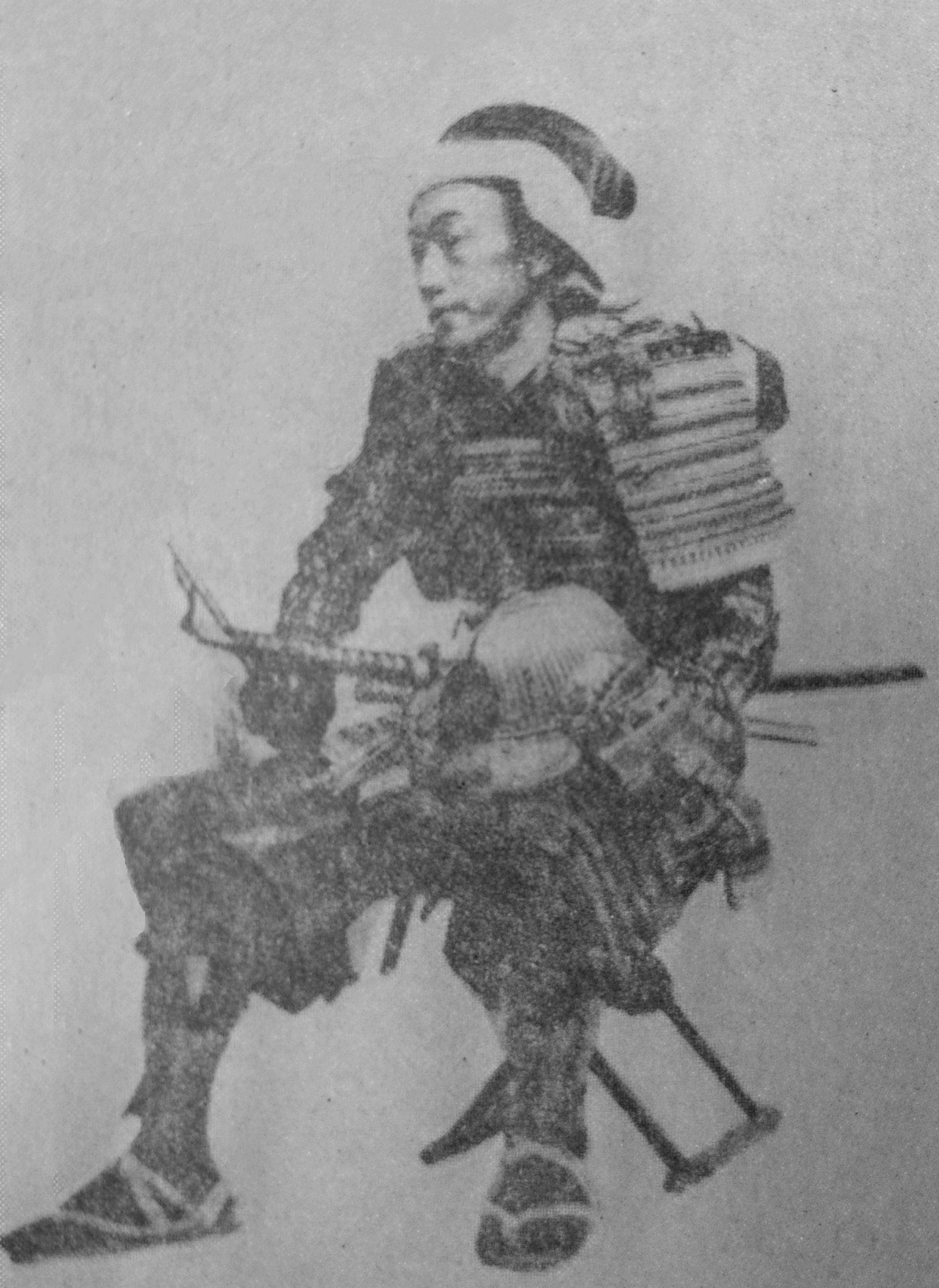Takenaka Shigekata on:
[Wikipedia]
[Google]
[Amazon]
 was a Japanese
was a Japanese
 was a Japanese
was a Japanese samurai
The samurai () were members of the warrior class in Japan. They were originally provincial warriors who came from wealthy landowning families who could afford to train their men to be mounted archers. In the 8th century AD, the imperial court d ...
of the late Edo period, later a figure in efforts to colonize Hokkaido. He is also known by his court title, ''Tango no kami'' (丹後守).
Takenaka Shigekata was born in 1828 in the town of Iwate, in Mino Province
was a province of Japan in the area of Japan that is today southern Gifu Prefecture. Mino was bordered by Ōmi to the west, Echizen and Hida to the north, Shinano to the east, and Ise, Mikawa, and Owari to the south. Its abbreviated fo ...
, the son of Tokugawa retainer Takenaka Motoyuki. Motoyuki, though the head of a branch house, was a descendant of the great Sengoku-era strategist Takenaka Hanbei Shigeharu . Following his father's death, Shigekata was adopted by Takenaka Shigeakira, the 5000 ''koku'' hatamoto
A was a high ranking samurai in the direct service of the Tokugawa shogunate of feudal Japan. While all three of the Shōgun, shogunates in History of Japan, Japanese history had official retainers, in the two preceding ones, they were referred ...
who was head of the main Takenaka house. Though a senior hatamoto
A was a high ranking samurai in the direct service of the Tokugawa shogunate of feudal Japan. While all three of the Shōgun, shogunates in History of Japan, Japanese history had official retainers, in the two preceding ones, they were referred ...
due to his rank, he entered the ranks of the Greater Guardsmen (''Ōbangumi''; 大御番組) in 1864. He later became an Army Magistrate, and took part in the campaign that put down the Tengutō. He also concurrently held the rank of wakadoshiyori
The ', or "Junior Elders", were high government officials in the Edo period Japan under the Tokugawa shogunate (1603-1867). The position was established around 1633, but appointments were irregular until 1662. The four to six ''wakadoshiyori'' we ...
.
In 1868, Takenaka was part of the force headed for the Fushimi ''bugyōsho'', but was beaten back by the new Imperial Army. Returning to Edo as part of the Tokugawa withdrawal, he was singled out as a scapegoat for the defeat, and was stripped of his court rank and title, and prohibited from entering Edo Castle
is a flatland castle that was built in 1457 by Ōta Dōkan in Edo, Toshima District, Musashi Province. In modern times it is part of the Tokyo Imperial Palace in Chiyoda, Tokyo, and is therefore also known as .
Tokugawa Ieyasu established th ...
. Though he briefly entered the priesthood, he still wanted to fight the Imperial army, and so he formed the Junchūtai (純忠隊). He initially had tactical coordination with the Shogitai, but following the defeat at the Battle of Ueno
The was a battle of the Boshin War, which occurred on July 4, 1868 (''Meiji 1, 15th day of the 5th month''), between the troops of the Shōgitai under Shibusawa Seiichirō and Amano Hachirō, and Imperial "Kangun" troops.
Prelude
Though the Sh� ...
, he led the unit northward (together with former roju Ogasawara Nagamichi and his men), engaging in guerilla warfare as he moved farther into Mutsu Province. Joining Enomoto Takeaki
Viscount was a Japanese samurai and admiral of the Tokugawa navy of Bakumatsu period Japan, who remained faithful to the Tokugawa shogunate and fought against the new Meiji government until the end of the Boshin War. He later served in the ...
's fleet in Sendai, he traveled to Hokkaido, where he became a Judge Advocate General officer in the new Ezo Republic.
Just before the end of the Battle of Hakodate
The was fought in Japan from December 4, 1868 to June 27, 1869, between the remnants of the Tokugawa shogunate army, consolidated into the armed forces of the rebel Ezo Republic, and the armies of the newly formed Imperial government (composed ...
, he headed to Tokyo on a foreign steamship, ostensibly to find some unexplored option for fighting the Imperial Army; however, as he no longer had any solutions, he heeded his father Shigeakira's advice and surrendered. As punishment he forfeited his holdings, and was placed under the supervision of the Fukuoka domain
270px, Kuroda Nagamasa, the 1st daimyo of Fukuoka Domain
270px, Kuroda Nagahiro, the 11th next to last daimyo of Fukuoka Domain
270px, Kuroda Nagatomo, final daimyo of Fukuoka Domain
was a Japanese domain of the Edo period. It was assoc ...
. Later transferred to the guardianship of his father, he followed the latter to Hokkaido, where they settled. Moved by the plight of the impoverished former ''samurai'' there, Takenaka submitted a memorandum to the new government on the increase of agricultural productivity in Hokkaido. This reached the right ears, and he was pardoned in 1873, being allowed to return to Tokyo and work in the new government. However, in 1875, he left that post, and worked in the Hoeisha Company that his younger brother Motoyori had started, furthering the cause of increased productivity in Hokkaido.
Takenaka died in 1891 at the age of 63, and is buried Takanawa-Sengakuji Temple.
Sources
''Meiji Ishin Jinmei Jiten''. Nihon Rekishi-gakkai, ed. Tokyo: Yoshikawa Kobunkan, 1981, n.p. {{DEFAULTSORT:Takenaka, Shigekata Samurai 1828 births 1891 deaths People from Gifu Prefecture Hatamoto Meiji Restoration Wakadoshiyori Recipients of Japanese royal pardons